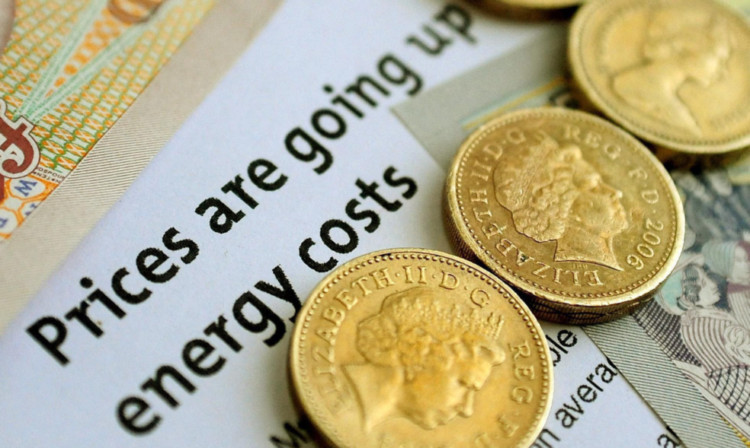
The price cap on energy bills might rise even more than previously thought, experts have said in the latest of a series of worsening warnings.
Gas prices spiked again on Monday and unless they drop in the coming months, average households could be facing an annual energy bill of £4,650 from January and £5,456 from April.
Once again it is the worst warning yet from Auxilione, an energy consultancy. It adds nearly £200 to the consultancy’s previous forecast for April.
The price of buying gas for the fourth quarter of this year is now around 100p higher per therm than it was just two week ago, while electricity prices have risen by around £100 per megawatt hour.
One therm cost 563p as markets wrapped up on Monday and a megawatt hour of electricity cost £606.
The new forecast predicts that bills will start falling from July, initially to £4,811 and then to £4,446. But this is still thousands of pounds more than families are paying at the moment.
On Monday the Labour Party called for the price cap to be frozen at its current level of £1,971 until April to help struggling families through an otherwise disastrous winter.
It is the latest pressure to be put on the Government to add to its £400 help for households with bills that will be paid in six instalments starting in October.
The support was announced in May when experts thought the price cap would only reach £2,800 in October.
On Monday the Guardian reported that four major energy suppliers – ScottishPower, E.on, Octopus Energy and British Gas-owner Centrica – are in favour of a fund that could freeze bills for two years.
The two first suppliers have suggested a so-called tariff deficit fund to ministers. Banks would supply the cash under a Government guarantee that would let bills be frozen for the period.
The banks would then be paid back over 10 to 15 years.

Enjoy the convenience of having The Sunday Post delivered as a digital ePaper straight to your smartphone, tablet or computer.
Subscribe for only £5.49 a month and enjoy all the benefits of the printed paper as a digital replica.
Subscribe